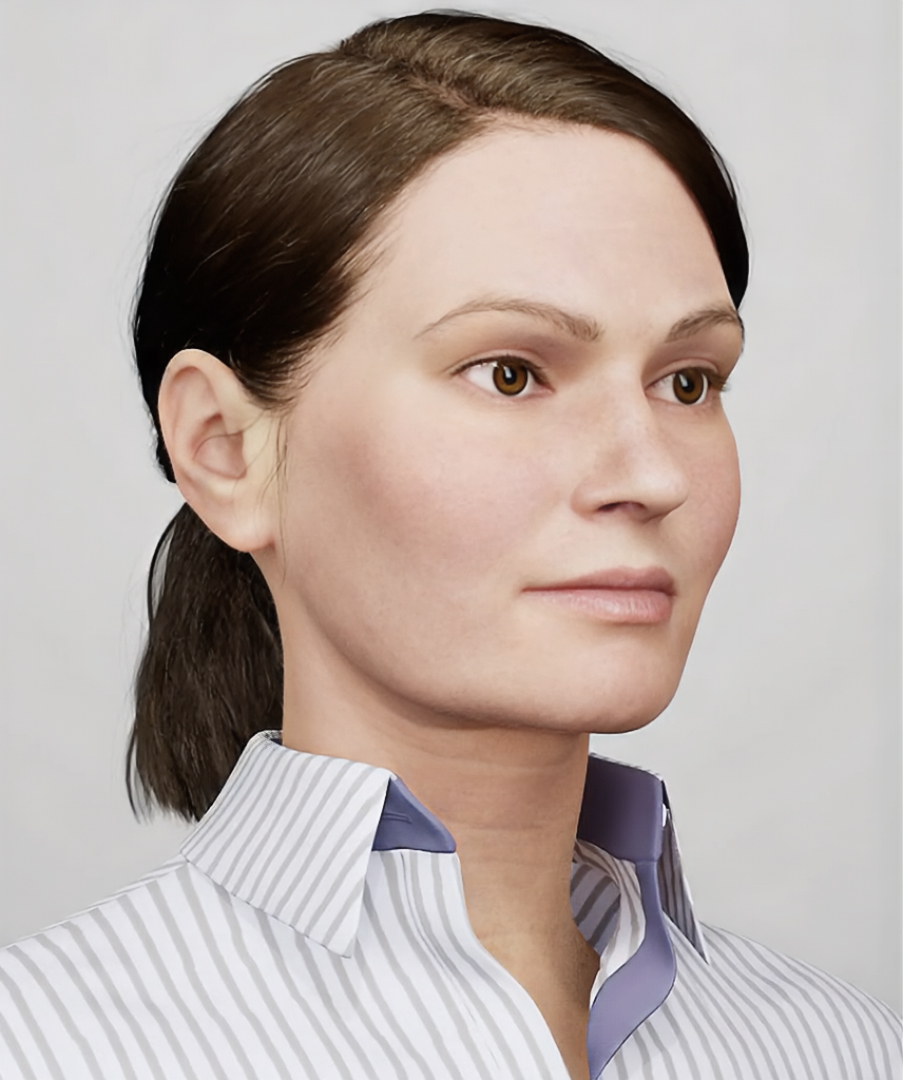
I am an interdisciplinary artist and researcher exploring the entangled relationships between humans, technology, and the natural world. In my work, technology is a mirror that reveals the values, desires, and limitations of the culture that creates it. When digital tools attempt to capture or simulate organisms, geologies, or ecologies, they often produce distortions and hallucinations. My process is experimental and open-ended. I work with diverse archives—natural history collections, cultural and organic objects, field photographs, and historical images—and feed this material into emerging technologies such as photogrammetry, AI image generators, simulation software, 3D printers, and CNC machines. Rather than pursuing predetermined outcomes, I look for how these systems engage with, translate, and interpret the non-human. The resulting works become visual evidence of the biases and blind spots embedded in technological tools, revealing how contemporary Western culture situates itself relative to the more-than-human world.
This portfolio features a selection of works created since 2021.
This portfolio features a selection of works created since 2021.
Fried Eggs and Rockets, 2025
Fried Eggs and Rockets, 2025, 6:45 minutes, HD video, courtesy the artist
Working from a home office, a woman is programmed to either talk to an AI about eggs and rockets, or look out the window where she sees a deer dying in childbirth in a hot landscape. So, she talks to the AI. She says…
Fried Eggs and Rockets reflects on the futures we are programming into being and the fragile lives caught in that trajectory. Inspired by a SpaceX rocket launch, the dialogue is drawn from an extended conversation I recorded with ChatGPT. Using 3D modeling, CGI, and generative AI tools, I explore fragile ecologies, technological mythologies, and the uneasy relationship between care and destruction.
Fried Eggs and Rockets reflects on the futures we are programming into being and the fragile lives caught in that trajectory. Inspired by a SpaceX rocket launch, the dialogue is drawn from an extended conversation I recorded with ChatGPT. Using 3D modeling, CGI, and generative AI tools, I explore fragile ecologies, technological mythologies, and the uneasy relationship between care and destruction.
Lost Thicket, 2025
Lost Thicket, 2025, 15:30 minutes, multichannel HD video installation, 3D-printed bioplastic sculptural relief on birch panels, 162 × 192 in. and 111 × 168 in., found rocks; Commissioned by San Antonio Botanical Garden for the exhibition Reflections in Nature
 Lost Thicket (detail), 2025, birch panel with 3D-printed bioplastic relief, 162 × 192 in.
Lost Thicket (detail), 2025, birch panel with 3D-printed bioplastic relief, 162 × 192 in.
Installed inside a preserved nineteenth-century log cabin, Lost Thicket reflects on the incompleteness of ecological archives. In the southern pine forests, industrial logging erased millennia of biodiversity in mere decades. In this installation, I reference sacred architecture, meditative practices, ecological loss, and digital artifice to create a subtly unsettling environment that asks how digital technologies echo extractive industries and reshape ecological memory.
Inside the cabin, I use projectors to cast video onto suspended panel walls with 3D-printed relief. A meditative surround-sound composition, built from field recordings and solfeggio frequencies, enhances the immersive environment. The relief imagery and animation originate from a photographic archive I created at the Big Thicket National Preserve and developed through an experimental workflow involving AI and 3D modeling.
![]()
Inside the cabin, I use projectors to cast video onto suspended panel walls with 3D-printed relief. A meditative surround-sound composition, built from field recordings and solfeggio frequencies, enhances the immersive environment. The relief imagery and animation originate from a photographic archive I created at the Big Thicket National Preserve and developed through an experimental workflow involving AI and 3D modeling.
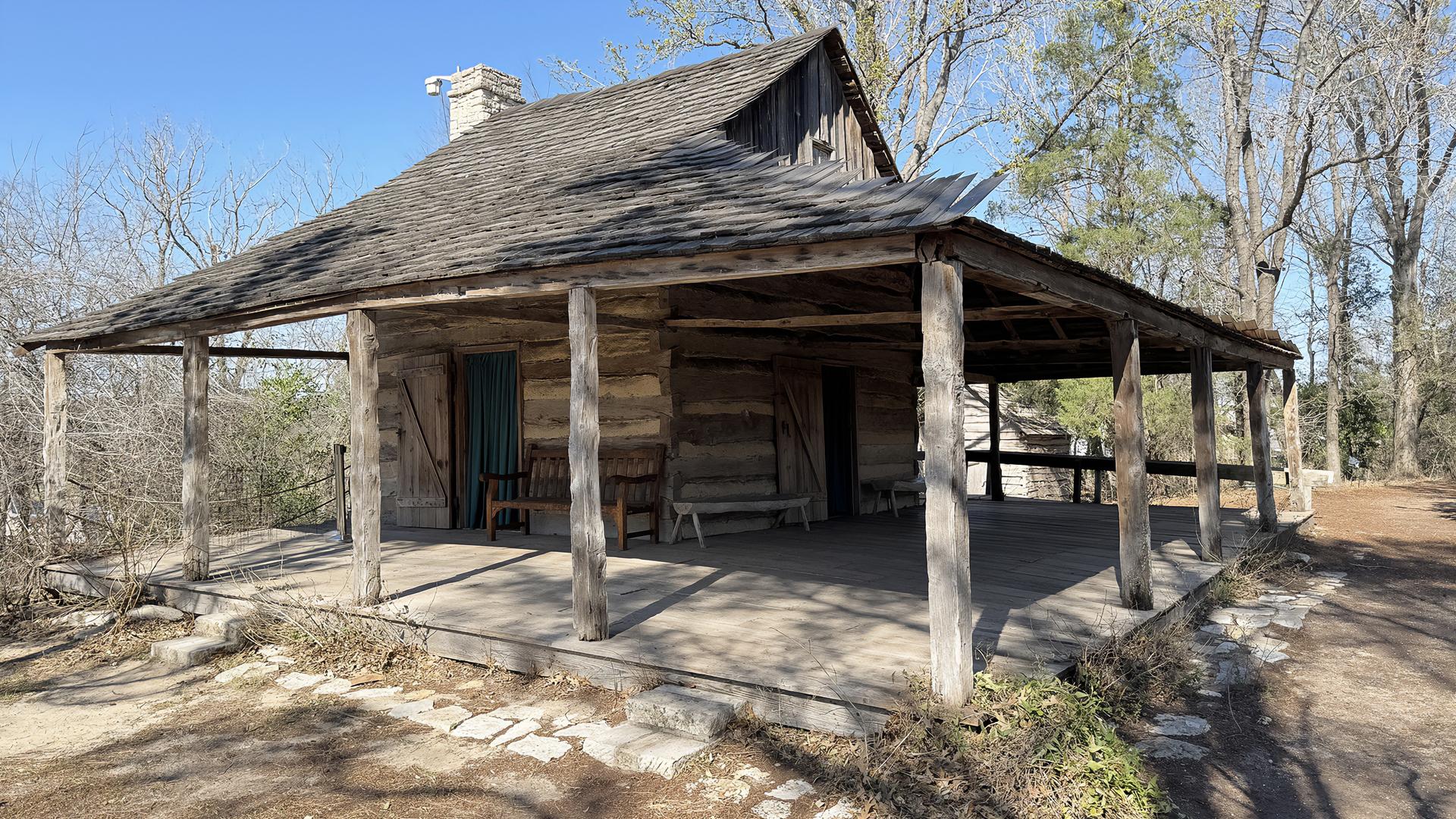
Lost Thicket (detail), 2025, installation at the San Antonio Botanical Garden’s East Texas log cabin
u/digital_smarthome, 2025
u/digital_smarthome, 2025, 5:38 minutes, 4K video (web 1080p), courtesy the artist
u/digital_smarthome traces how extraction reshaped the southern pine forests and how that history continues into digital technoscapes. I work with AI-altered archival images to reveal continuities between ecological erasure and contemporary digital realities. By animating and distorting historical photographs, I destabilize the archive, allowing the work to move between documentation and fiction.

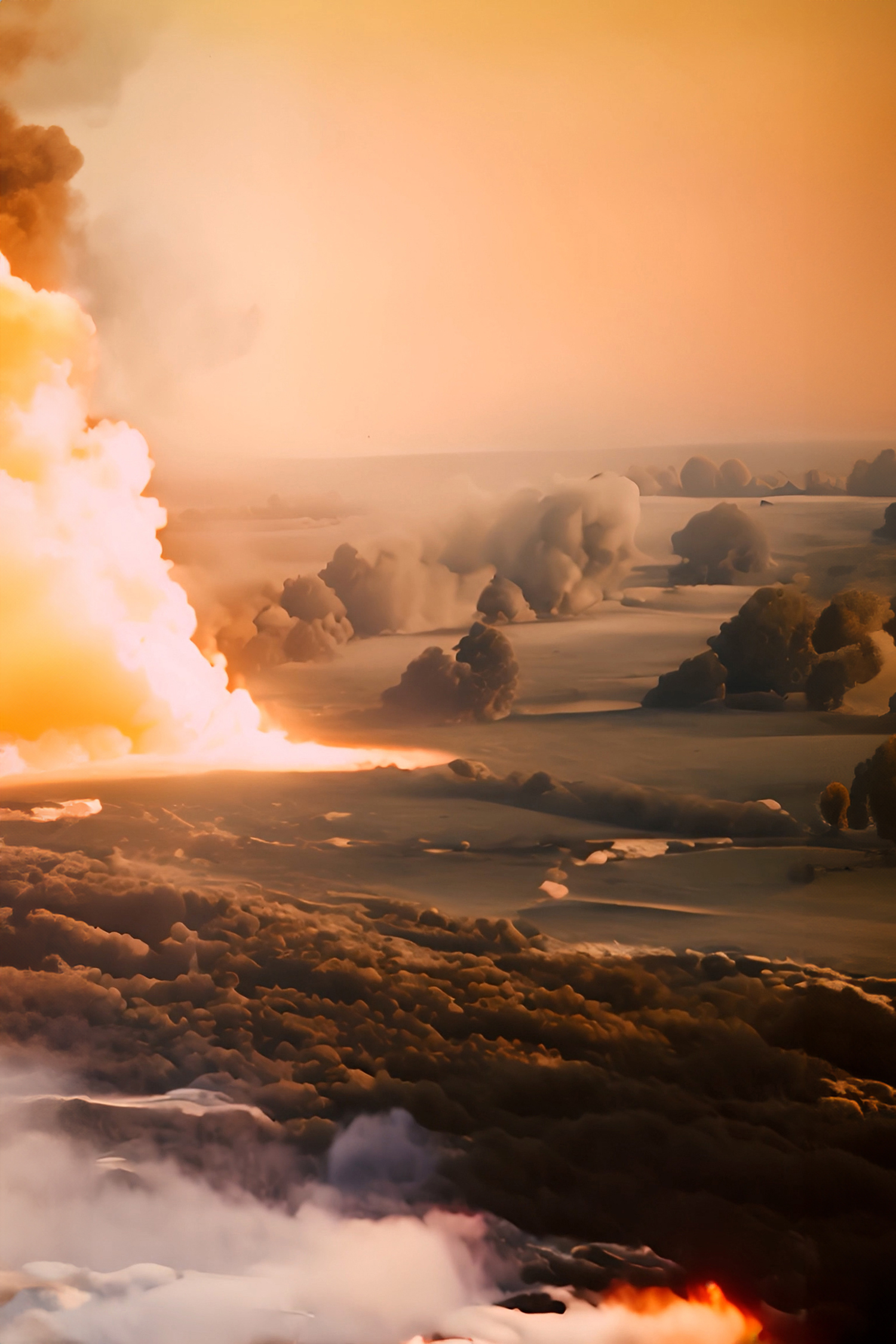
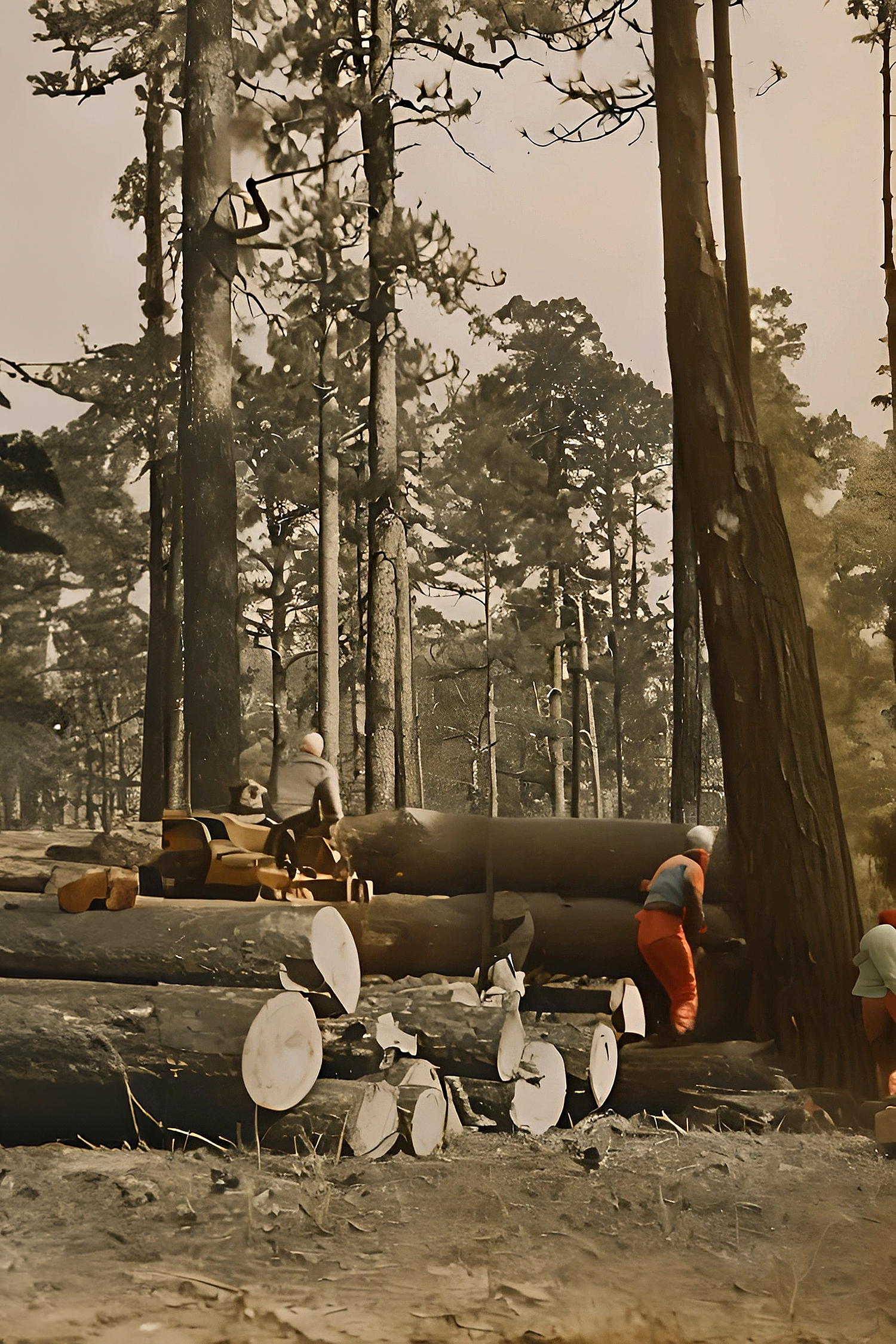
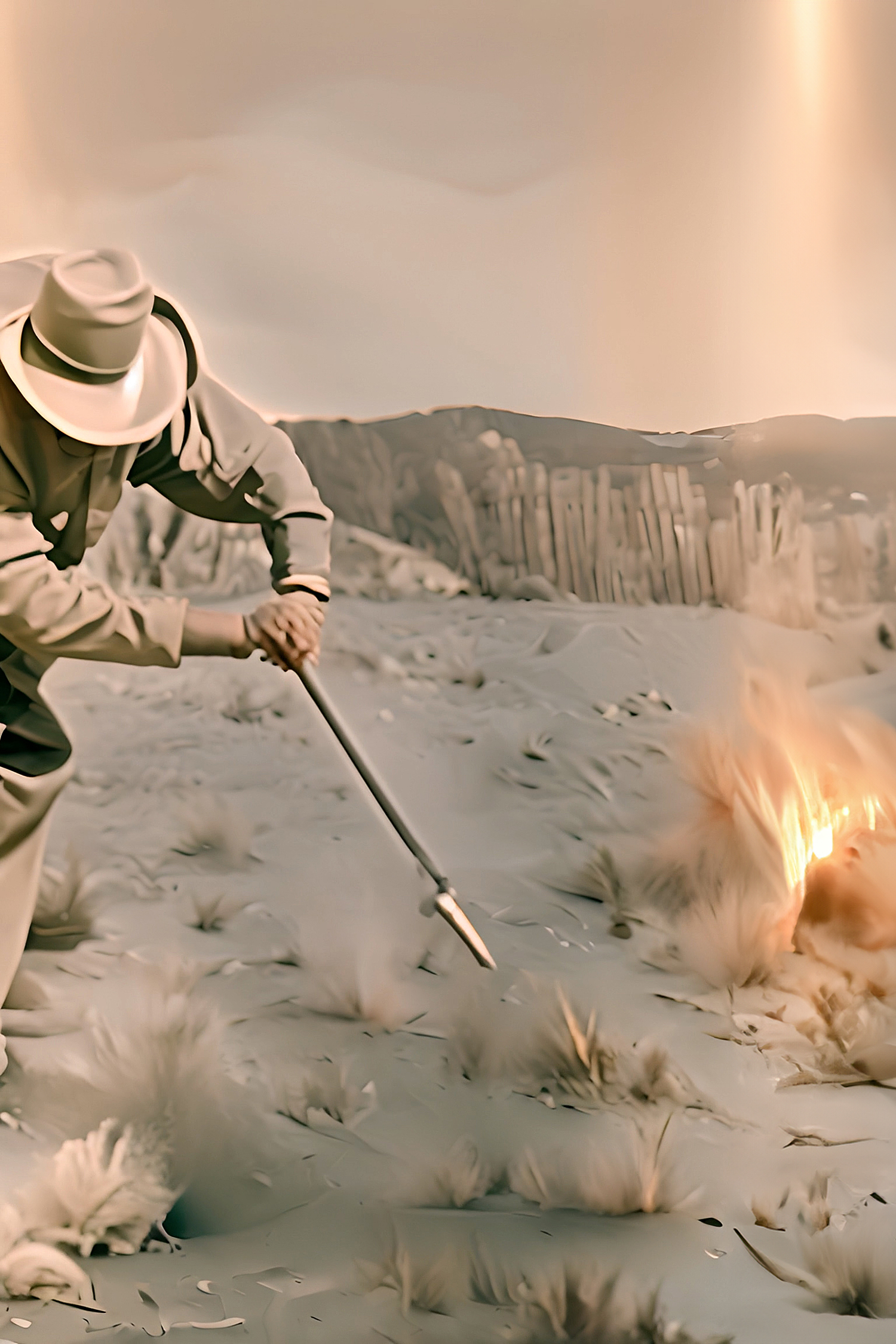

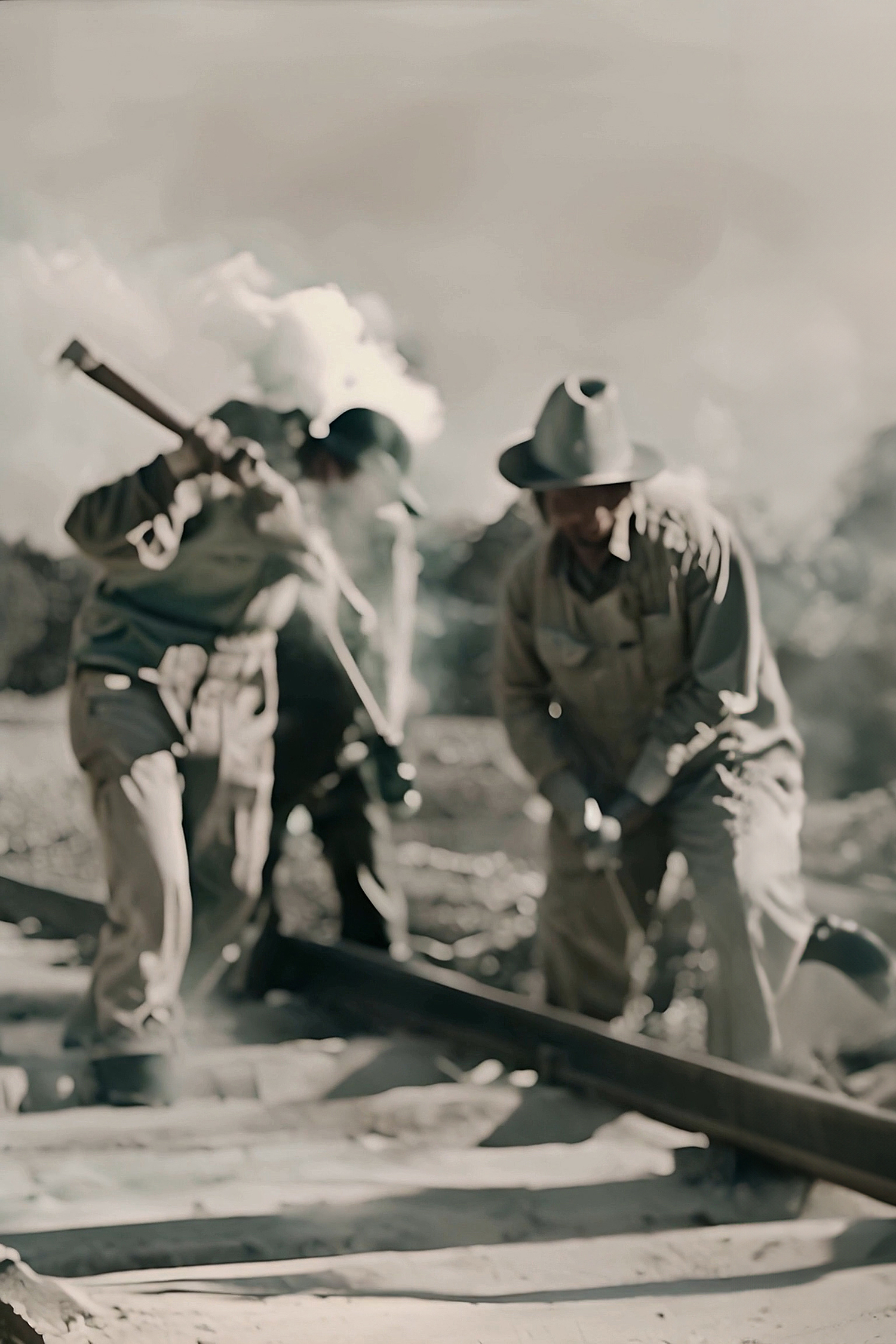
Earlier iterations of this project appeared as edited stills on the cover and in a multi-page spread in Gulf Coast: A Journal of Literature & Fine Arts, Vol. 37.2 (Summer/Fall 2025).
Portfolio for Gulf Coast:
1. Logging Train 1888, 2024
2. Logging 1907, 2024
3. Tracks 1939, 2024
4. Divining Rod #1 1939, 2024
5. Divining Rod #2 1939, 2024
6. Prairie 1900, 2024
